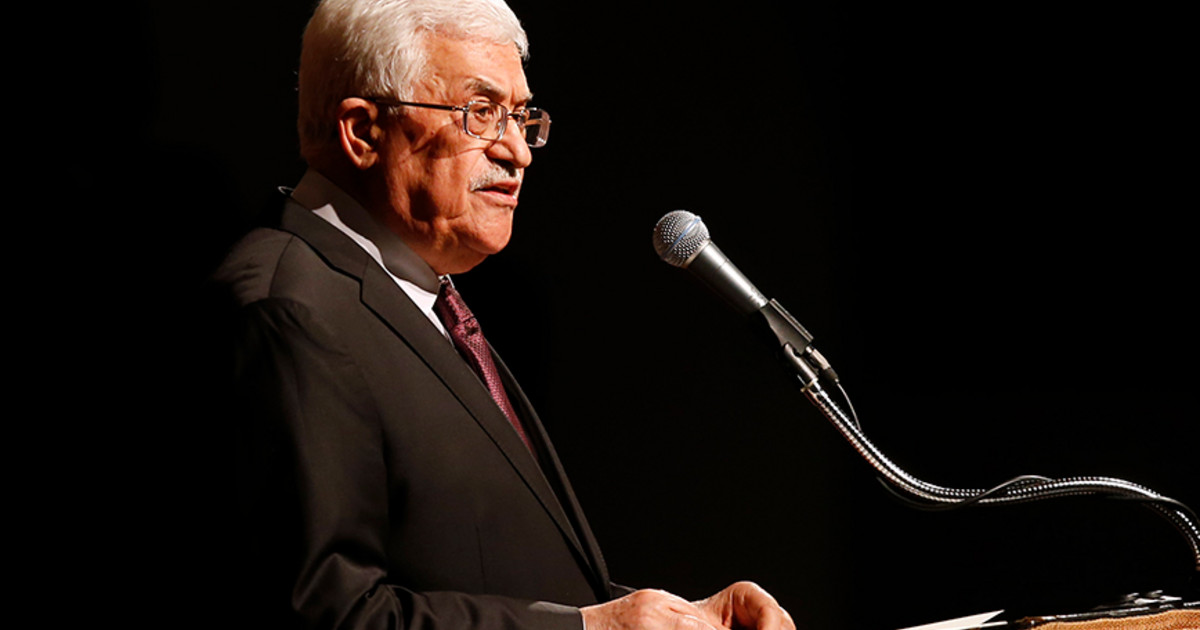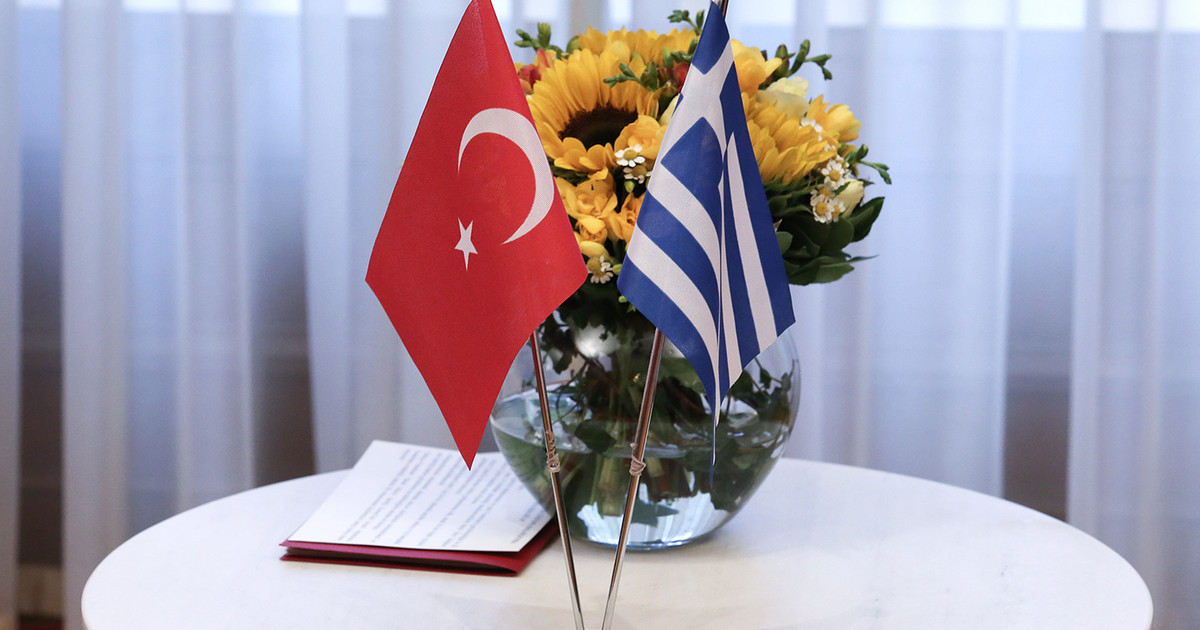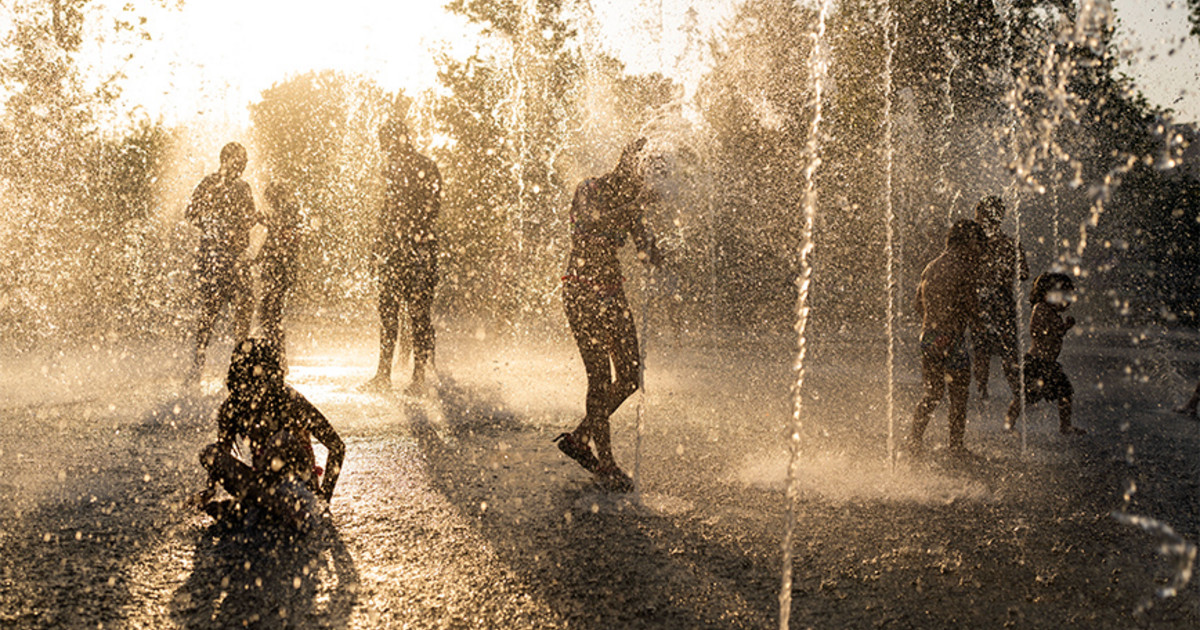After the record of high temperatures at the end of the previous week, Brazil faces a new cold front which arrived this Tuesday (13) in most regions. With the cold, there is also incidence of heavy rains in areas of the South and Southeast of the country.
However, the Federal District had the hottest afternoon of the year this Tuesday (13), with thermometers marking 35 °C at the National Institute of Meteorology (Inmet) station in Gama (DF). The relative humidity of the air reached 10%.
“This cold front is fed by areas of instability associated with the circulation of winds at medium and high levels of the atmosphere, a factor that further reinforces the areas of rain, storms and wind in central-south Brazil,” explained Climatempo.
The phenomenon brings risk of storms in Paraná and Mato Grosso do Sul on Wednesday (14); the precipitation spreads across Mato Grosso, south of Goiás, and it also rains in the interior of São Paulo.
Also according to Climatempo, the polar air system lowers temperatures in Rio Grande do Sul, Santa Catarina, Paraná, Mato Grosso do Sul, southern areas of Mato Grosso, southern Rio De Janeiro and eastern and southern areas. paulista.
In Rio de Janeiro, this Wednesday (14), temperatures are already decreasing a little in the center-south, but in the capital the maximum still reaches 27 °C.
“The feeling of cold returns on Thursday (15). The cold front continues out in the ocean, but in the Southeast, the humid winds that blow from the sea towards the mainland keep the weather humid throughout the state. The population must prepare: the week ends with much lower temperatures”, warns Climatempo referring to Rio de Janeiro.
Dry weather
Dry weather can lead to low air humidity in the North, Northwest and West of São Paulo, in most of Minas Gerais, including the capital Belo Horizonte, which has recorded high temperatures in recent days.
In the Midwest, the weather remains dry in the Federal District and Goiás, with no forecast of rain for the next few days. Air humidity remains in a state of alert, below 20% in the Federal District and in most of Goiás, in the east of Mato Grosso and in the extreme north of Mato Grosso do Sul.
Humidity is also low in the interior of the Northeast.
temperature seesaw
After very hot days, the inhabitants of the South and Southeast regions started the week with cold weather and rain in some locations. In the capital of São Paulo, the thermometers reached 30ºC on Saturday (10). On Sunday (11), temperatures dropped sharply, reaching 12 °C.
According to Climatempo, the next few days will also be a thermal “see-saw” in the state of São Paulo.
Sudden variations bring several health impacts, from skin dryness to increased risk of heart attack, through allergies and respiratory infections.
“Winter is a dry period in most of Brazil, which leads to the possibility of numerous inflammatory processes of the upper and lower airways, such as rhinitis and bronchitis. These inflammations can lead to bacterial infections such as sinusitis, tonsillitis and pneumonia”, explains Alexandre Naime Barbosa, vice president of the Brazilian Society of Infectious Diseases (SBI).
The cold also favors the fall of immunity, which increases the incidence of diseases such as flu and colds.
The decrease in the body’s defenses occurs because, with the body struggling to regulate and maintain the proper temperature in the midst of climate change, it decreases the supply of energy destined for the immune system and the production of defense cells.
*With information from Agência Estado and Lucas Rocha, from CNN
Source: CNN Brasil






